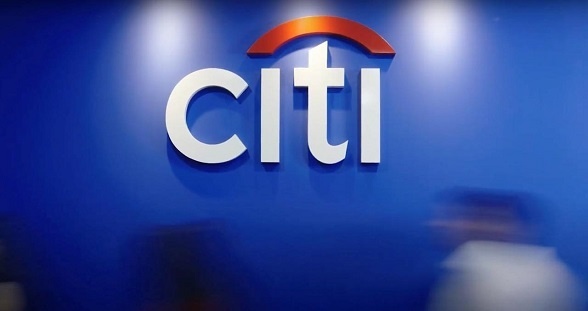Thinking out of the square
 The issue of removing the ceiling was first mentioned in 2012. However, the State Bank (SBV) decided to continue with it this year, claiming it would only be removed once the financial markets have become more stable and the banks boast better liquidity. What’s your view?
The issue of removing the ceiling was first mentioned in 2012. However, the State Bank (SBV) decided to continue with it this year, claiming it would only be removed once the financial markets have become more stable and the banks boast better liquidity. What’s your view?
I think what is more important now is to introduce a ceiling lending rate. In doing so, we need to redefine base interest rates and ensure lending rates don’t exceed 150 per cent of the base rate.
In the meantime, the SBV should keep a close eye on banks to ensure they follow this, while adopting severe sanctions on those that flout the regulation. Well controlled lending rates will pave the way to ease deposit rates. If that isn’t done, then the ceiling interest rate regime is simply an administrative measure.
In reality, the SBV has regulated lending rates in some priority areas. But, the banks have continued maintaining higher than regulated lending rates and firms have been forced to take loans at higher rates.
Interest rates could escalate once the ceiling deposit rate is abolished, creating even more problems for firms. The concern is that many banks still face a liquidity shortage and the threat of high inflation remains. True?
It is irrational that a monetary policy management body like the SBV is devoted to tracking market movements. A central bank needs to control the market through exercising its powers. The SBV could still set a suitable interest rate level to cultivate business operations without using the ceiling interest rate tool.
The central bank offers loans to commercial banks at 2-3 per cent, per year and requires them to offer loans to businesses in priority areas at 5-7 per cent, per year. Banks should also innovate the way they appraise loans.
Lending should be based on the particular feasibility of project, while the money flows should be closely supervised. Loans should not be offered only based on a firm’s collateral or ‘red books’ as was previously the case.
BIDV voiced a similar proposal to yours to the SBV in late 2012, but its proposal was rejected. Are there concerns the central bank was short of capital or the move would fuel inflation?
The banking sector needs to consider the issue and lodge joint proposals with the SBV about how to feeding the market capital at reasonable rates.
I don’t know why the SBV didn’t accept the proposal, but I’m sure it wasn’t based on the SBV lacking capital. It’s not like the SBV can run out of money, since one of its functions is to issue notes, meaning in effect that it’s raising capital at zero per cent interest. It can provide refinance loans at 1-3 per cent. In the US, the central bank issues refinance loans to commercial banks at 0-0.25 per cent per year, while in Japan such rates are at 0-0.1 per cent per year.
As for the threat of high inflation, of course parallel to offering low refinancing rates a central bank needs to moderate money flows to ensure that there isn’t a glut which could fuel inflation, or a deficiency which could lead to deflation. In general, controlling the total means of payment is one of the central bank’s main tasks.
The current ceiling deposit rate of 8 per cent, per year is regarded as being low. Could banks still attract depositors if the rate continued to drop?
It’s not correct to say that banks would fail to attract depositors if there were low deposit rates. If people have VND10 billion ($480,000 million) in idle capital, what are they supposed to do with it, if they’re not putting it in a bank? Their money may go through various other routes, but ultimately it’ll end up in the banks.
If people invest in production or other forms of business to generate profits, that is also good. In the current context, the lower interest rates are, the better it is. We shouldn’t encourage people to deposit money purely on the basis of high interest rates since this may exceed the tolerance of the economy.
What the stars mean:
★ Poor ★ ★ Promising ★★★ Good ★★★★ Very good ★★★★★ Exceptional
Related Contents
Latest News
More News
- Green finance discord to be addressed (April 16, 2024 | 09:48)
- More vibrant corporate bond market anticipated (April 16, 2024 | 09:40)
- MB secures prestigious software and IT service awards (April 16, 2024 | 09:39)
- Opportunities to unlock in Vietnam’s green finance arena (April 16, 2024 | 09:38)
- Interest rates likely to remain fairly levelled (April 16, 2024 | 09:25)
- UOB Vietnam partners with Betrimex on sustainability (April 15, 2024 | 15:41)
- Listing ambitions of Vietnamese banks backed by leaders (April 15, 2024 | 15:23)
- Cryptocurrency is not banned in Vietnam: Ministry (April 15, 2024 | 09:40)
- SBV to increase gold bar supply to stabilise domestic market (April 15, 2024 | 08:00)
- Behind the numbers: Techcombank’s vision for growth (April 13, 2024 | 11:00)



 Tag:
Tag:



















 Mobile Version
Mobile Version